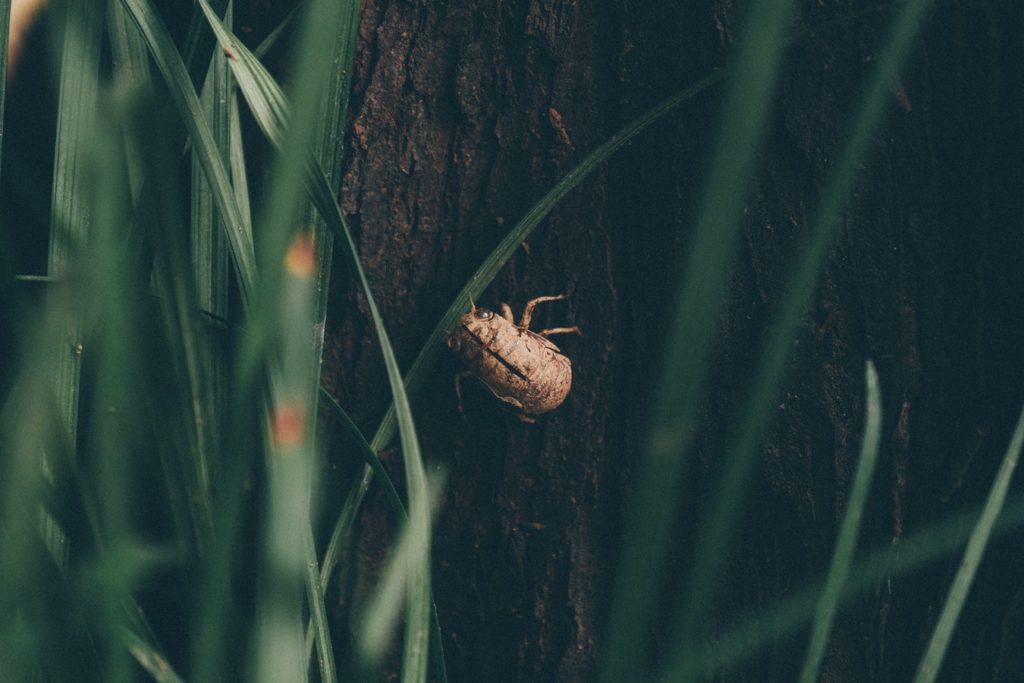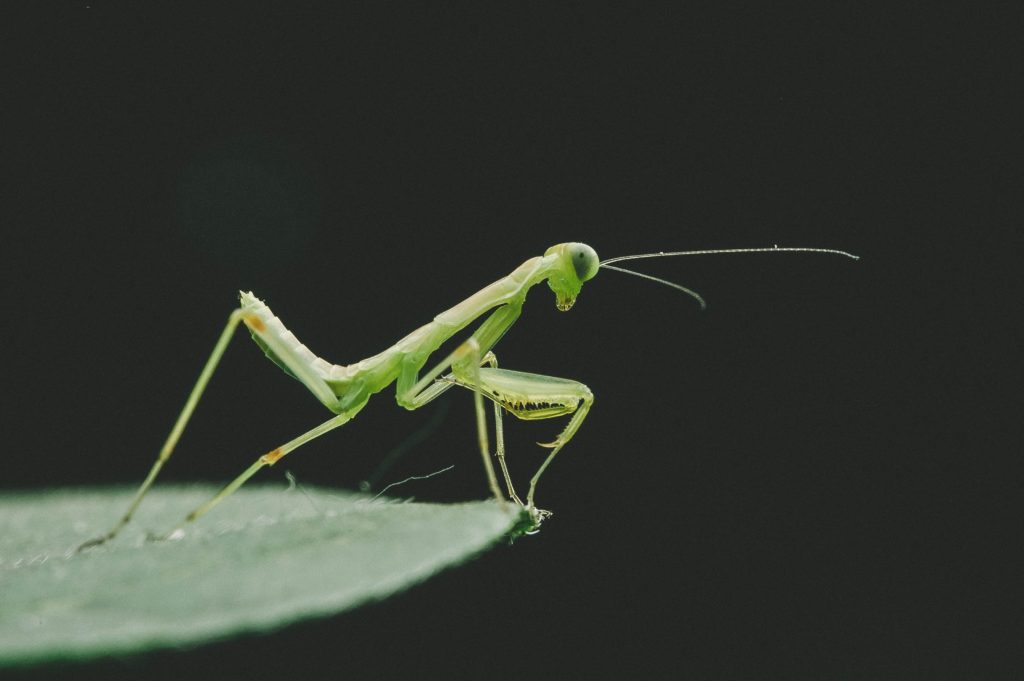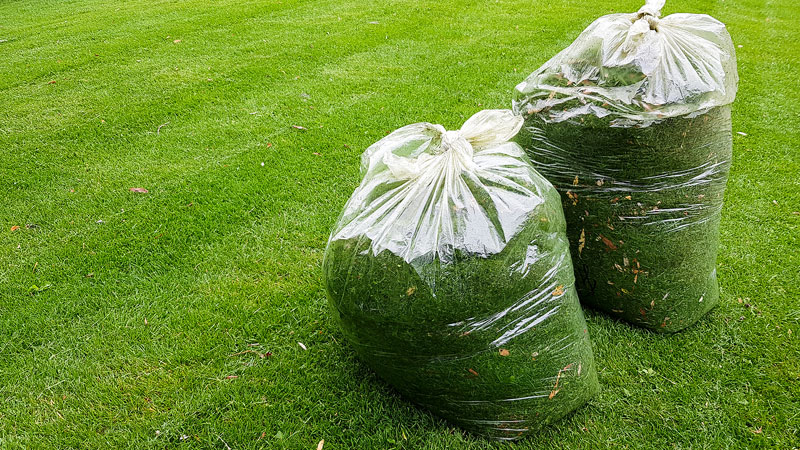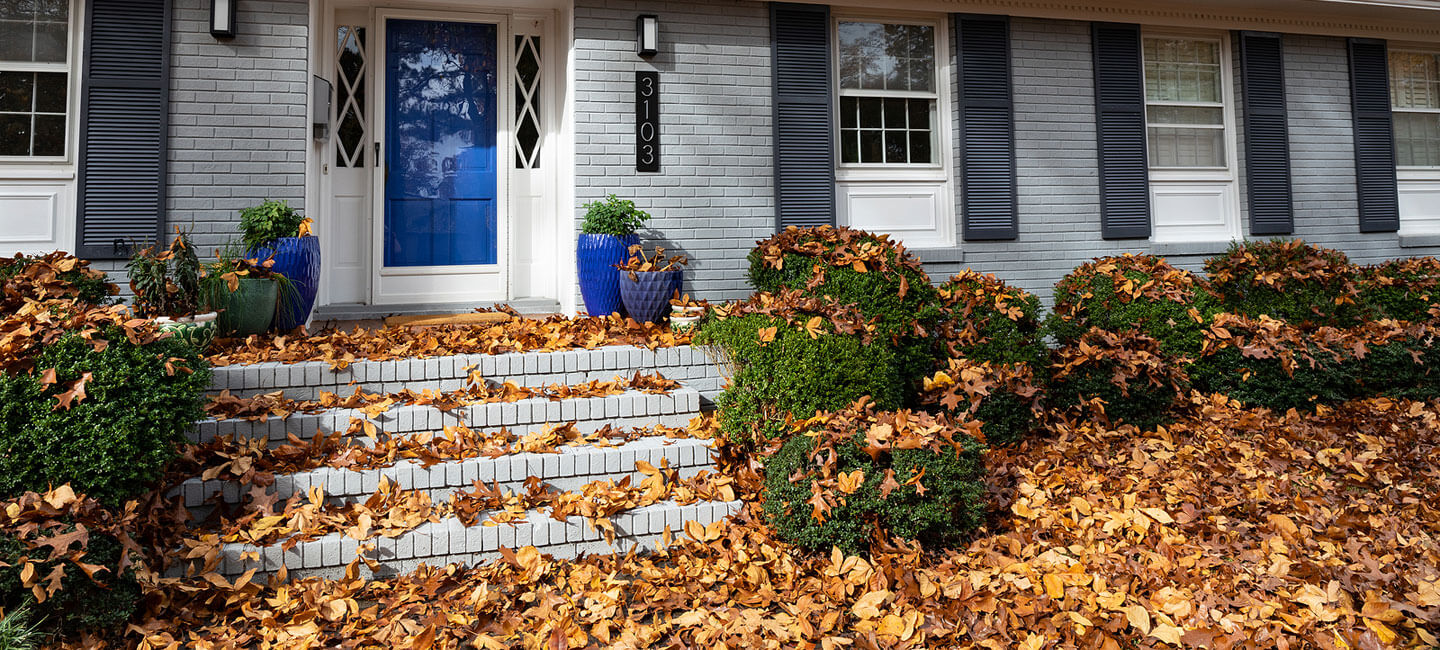A healthy lawn is one of the most appealing aspects of your commercial property. Healthy lawns team with insect life. Most of the insect species that you find in your lawn are not damaging. However, there are some common pests that can cause considerable damage to your beautiful lawn.
If you want to successfully control and get rid of pests, you should gain a basic understanding of the pests itself. Knowing the life cycle of the pests will help determine the different control measures that can be used to get rid of them.
Lawn damage often goes unnoticed. This is until major damage occurs. You will be able to efficiently prevent and control pests if you gain more knowledge about them. Here is a list of six common pests that can wreak havoc on a healthy lawn within no time.

Six Common Pests
Grubs
Grubs are among the most damaging of all lawn pests. Phyllophaga species (white grubs) are the larvae of different varieties of scarab beetles. This includes Japanese beetles and masked chafers.
The plump larvae are found just below the soil surface. They feed on the lawn grass roots in early spring, summer, and fall. White grubs (masked chafers) complete their life cycle in one year.
The signs of wilted grass blades are the first symptoms of grub damage. This is followed by brown turf patches and the death of otherwise healthy grass.
Grub damaged lawn turf becomes spongy and if you lift it you will notice grubs underneath. If you see moles, skunks, or crows feeding on the lawn, they are most likely searching for grubs.
Armyworm
Armyworm pests are 1 – 2 inches long. If left unchecked they can cause considerable damage to the lawn. The pests vary in color. From pink to yellow to gray, the colors will vary depending on the type of pests.
The adult armyworm lays clusters of white small eggs throughout the spring and summer months. The eggs hatch within a week. The larvae feed for 2 – 3 weeks before they turn into a moth.
Armyworms eat stems and blade grass. The pests stay away from the sun during the day and start feeding in the evening, night or early morning. When the pests start eating the grass, you will find circular bare spots in the lawn.
Chinch Bug
Lawn grass is often attacked by many types of chinch bugs. There are several types of chinch bugs that feed on lawn grass. When these bugs start feeding, they release an anticoagulant. This causes the lawn grass to stop absorbing water. The grass will eventually wither and die due to lack of water.
Chinch bugs lay eggs in lawn grass. The eggs hatch within 20 – 30 days. The young bugs start feeding on the grass immediately after hatching. Chinch damage to lawns is most visible from June to September. Irregular patches of lawn wilt and then turn yellow and brown.
The natural enemies of chinch bugs include different species of parasitic wasps, earwigs, and big-eyed bugs. Fertilize correctly to get rid of pests. Spot treat the infestations with natural and chemical insecticides specifically labeled for chinch bugs.
Sob Webworm
Sob webworms are about one inch in length. They are green or brown in color with dark spotting. The pests can damage a healthy lawn within no time.
The sob webworm lays eggs within seven days in early spring and summer. The young larvae feed at night and grow into full-grown moths within 2 – 3 weeks.
The pests eat grass and entire stems. The damage to the lawn is extensive. If you find birds foraging the lawn for worms, you should inspect it for sob webworms. Spiders are the natural enemies of sob webworms.
Cutworm
Cutworms are about 2 inches long and are brown or gray with some striping. There are several species of cutworms. The adult cutworm lays eggs on the grass and the eggs hatch into worms.
The worms stay hidden during the day and feed at night. They feed at the base of the grass. The stems are completely bitten off. On closer inspection, you will be able to see the sheared off the grass.
Aphids
Aphids are small and reproduce quickly. It is often tricky to get rid of them. You will be able to spot the damage if you look for yellow leaves or misshapen grass or a sticky substance on the plant.
The natural enemies of aphids include parasitic wasps, syrphid fly larvae, lacewing larvae, and lady beetle larvae and adults. Infested grass and plants should be pruned. Forcefully spraying the grass with water will help dislodge the insects.
Getting Rid of Lawn Pests
The best way to maintain the lawn is to discourage pests. You don’t have to rely heavily on chemicals to manage lawn pests. There are many non-toxic and natural ways to discourage pests. Early detection is key to getting rid of them.
The most effective defense against any kind of pests is maintaining a healthy lawn. Prevention is often the best line of attack. Always rely on chemicals and insecticides only as a last resort.
If you see a pest outbreak on your lawn, you should determine if it can be managed by the natural enemies present in the lawn. Many insects prey on pests and harming them will enable the pests to flourish on your lawn.
Build Healthy Soil
Healthy soil supplies water, nutrients, oxygen, and fertilizers to the roots of grass and plants. A lawn with healthy soil will be able to better withstand the onslaught of pests. If the soil is unhealthy, it is most susceptible to pest infestation.
Building fertile and healthy soil is the most efficient way to prevent pest problems. Mow, aerate, fertilize, and dethatch on a schedule. Add compost to the soil each spring. This will supplement nutrients in the soil and encourage healthy growth of grass.
Use appropriate amounts of fertilizer and insecticides to keep your lawn healthy. Before you use any kind of insecticides it is best to read the instructions carefully.
Attract Beneficial Insects

One of the important things that you need to remember is that not all insects are bad for your lawn. There are some bugs that may actually be beneficial for the lawn as they keep the harmful pests away.
Insects such as bees, spiders, ants, centipedes, and praying mantis will help control pest populations. Keep the lawn diversified by adding different types of flowering plants. This will help attract beneficial insects.
Monitor the Lawn
The truth is every lawn will have its share of pests. Even if you have a lawn with healthy soil, it is still susceptible to pest infestation. It is always a good idea to monitor the lawn at regular intervals. Check the undersides of the grass. It is where the pests hide and lay their eggs.
Use Low Impact Pesticides
It is always better to start with low impact alternatives before you start using pesticides to deal with the problem. Low impact techniques include pruning the affected area of the lawn.
If you do have to use pesticides you should choose products that are not harmful to the environment, kids, and pets. Avoid using a broad spectrum of insecticides. These can do more harm than good.
It is best to choose products that are targeted to harm only a specific type of pests. Always use pesticides to treat only areas that are affected by pests. Avoid using blanket applications to treat pest problems.
Read and follow all instructions when you use insecticides to treat your lawn. Be careful and follow adequate precautions when you handle them. Apply pesticides during the cooler part of the day. Most pests rest during the day and start feeding only in the evening and night.
Always read the label to determine which type of chemicals can be used on specific varieties of grass. If you are unsure about a product, you can apply it to a small area of the lawn. If the product is successful, you can apply it to other areas of the lawn.
Sodding will enable you to get a new lawn within no time. Sod installation is easy and will ensure that you get a green and healthy lawn. Regular lawn care and maintenance will help you detect pests. Early detection of pests will enable you to take preventive measures and treat the problem.
Landscaping will help you maintain your lawn and discourage pests. Inspecting your lawn frequently will help in detecting pest problems early. Small pests complete their life cycle in one week so you will have to schedule a lawn inspection at least once a week. If there is considerable damage to the lawn due to pests it is best to seek professional help. Commercial lawn care services will be able to fix the problem of pests in an efficient manner. Professional lawn care services are aware of the different types of pests. This enables them to deal with the pests effectively without harming the lawn.



